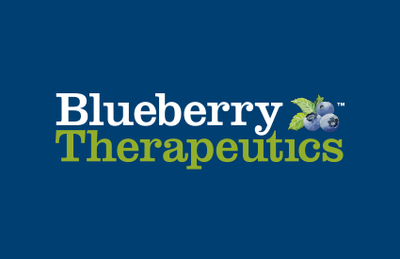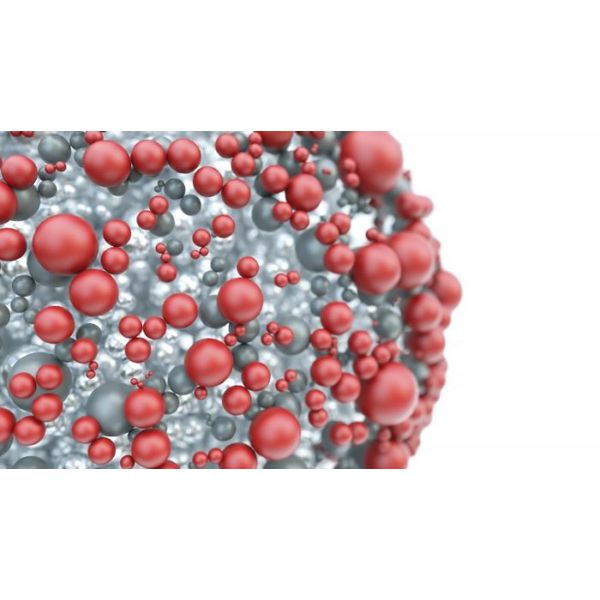

- Home
- Companies
- Blueberry Therapeutics
- Articles
- Nanomedicine - the key to improved ...
Nanomedicine - the key to improved dermatology treatments?
Blueberry were recently invited to write two commentaries on the challenges of treating skin and nail diseases and the potential for nanotechnology approaches in dermal drug delivery. Here we share a brief overview of these articles.
We will all have encountered someone who is dealing with or has previously experienced a common ailment of the skin or nails, such as eczema (atopic dermatitis), acne, athlete’s foot (tinea pedis), or a fungal nail infection (onychomycosis). For people suffering with these everyday conditions, managing them can have a significant impact on their life, both in terms of their physical and their mental well-being.

Topical drugs are a non-invasive, painless, and convenient route of administration, and a logical choice for treating skin and nail disorders. They directly target the site of disease while limiting any unwanted systemic exposure and toxicities often associated with other delivery routes, such as injection or oral drugs. However, the skin is an excellent natural barrier that poses a significant challenge to topical drug delivery, due to its multi-layered composition. The capacity for a drug to enter and pass into our bodies relies upon its ability to penetrate both the hydrophobic (repels water) and hydrophilic (attracts water) layers of the skin, which many existing drug formulations are not designed to do. Similarly, for a topical treatment to reach the nail bed (the site of fungal nail infections) it needs to get through the nail. This is a hardened and effective barrier with hydrophilic properties that impede the permeation of existing antifungal drugs that are often hydrophobic. So, could new developments in the field of nanomedicine hold the key to improving delivery across these formidable natural barriers?
Nanotechnology is defined as science, engineering, and technology conducted at the nanoscale (about 0.5 to 200 nanometres). The most common nanoparticle types suitable for topical nanomedicines include liposomes, dendrimer polymers, and micelles.
Nanomedicine formulations have been shown to be promising drug delivery systems, aimed at increasing drug efficacy through control of delivery and release of the active ingredient, as well as reducing toxicity associated with traditionally formulated medications. Encapsulation of unstable active ingredients in nano sized drug delivery systems can increase the stability as well as the solubility of both lipophilic and hydrophilic active ingredients. Three disease areas where topical nanomedicines are proving interesting are atopic dermatitis, acne and fungal nail infection.
In atopic dermatitis, the application of nanomedicines including nanoparticles, liposomes, nano-gels, nano-mixtures, nano-emulsions, and other nano-carriers, is actively being investigated. These novel delivery systems are designed to improve formulation stability, modify permeation and penetration into the skin, and extend the retention/release of active drugs within the skin. Silver, silver-lipid, cyclosporin A, tacrolimus, hydrocortisone and antimicrobial hydroxytyrosol nanoparticles and nanoemulsions have been observed to have optimal antimicrobial properties, enhanced skin delivery to the deepest layers, and fewer adverse events.
In acne, lipid nanoparticles, nanoemulsions and vesicular nanosystem formulations of traditional active ingredients – for example benzoyl peroxide, tretinoin and adapalene – have demonstrated controlled active ingredient release and increased inhibition of acne-causing bacteria. The increased surface area of the nanoparticles may contribute to the skin permeation into the stratum corneum (the uppermost layer of the skin) and shows a better skin targeting effect with low or no systemic uptake of the active ingredient, when compared with the traditionally formulated products. It has been shown that lipid nanoparticles can form a thin film on the skin surface, which provides improved hydration and, as a result, penetration of the formulations through the skin.
In fungal nail infection, our own research focuses on formulating the established antifungal agent terbinafine with the nanopolymer Nanocin™. Terbinafine alone when applied topically is unable to effectively get through the nail to the site of infection as it is very lipophilic. Nanocin™ is much more water soluble than terbinafine and so by forming complexes, increases the water solubility of terbinafine. Nanocin™ is also charged, and when a patient applies the formulation onto their infected nail, the nanoparticles stick to the nail. These combined mechanisms promote increased permeation of terbinafine into and through the nail to the site of fungal infection.
In conclusion, nanotechnologies may help to tackle many of the challenges faced by the pharmaceutical industry when it comes to skin and nail drug delivery. Dermatological conditions are the ideal place to start when exploring the possibilities of nanomedicines. If enhanced skin and nail penetration can be achieved, there are potential opportunities to reduce dose, treatment times and levels of toxicity. This would ultimately improve patient compliance, resulting in unprecedented solutions for the treatment of skin and nail conditions.
